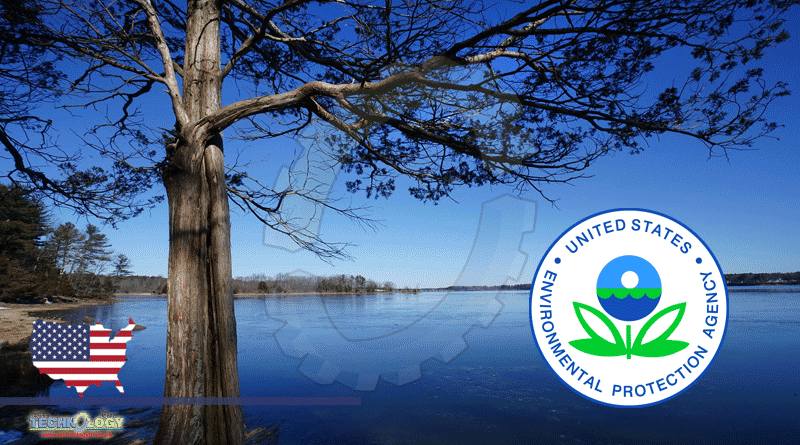The Permit Is Part Of A Comprehensive Federal And State Approach That Will Over Time Dramatically Reduce Nitrogen Levels In Great Bay.

The U.S. Environmental Protection Agency (EPA) today announced that it has finalized and issued a Clean Water Act general permit for wastewater treatment plants discharging to New Hampshire’s Great Bay estuary. This permit will protect water quality and the health of ecosystems throughout the estuary by limiting nitrogen discharges.
Under the terms of the permit, which EPA developed in close coordination with the New Hampshire Department of Environmental Services (NHDES), 13 wastewater treatment plants in 12 New Hampshire communities are eligible for coverage and, if they voluntarily choose to opt into the permit, will be required to meet seasonal average load limits for total nitrogen designed to protect the estuary from water quality impairments due to excess nutrient loading. As envisioned, the permit is part of a comprehensive federal and state approach that will over time dramatically reduce nitrogen levels in Great Bay.
“This permit is an important and innovative approach for a significantly cleaner, healthier Great Bay and reflects many years of hard work among federal, state and local governments to address a critical environmental problem,” said EPA New England Regional Administrator Dennis Deziel. “The permit is part of a federal and state approach that will reduce nitrogen in Great Bay in a cost-effective way, allowing municipal leaders the flexibility to make local decisions that are good for the environment and work for their communities. This is good news for New Hampshire communities and their ratepayer customers.”
“This permit has been several years in the making and works to reduce nitrogen pollution in the Great Bay Estuary that was discovered more than a decade ago,” stated Governor Chris Sununu. “The structure of this permit enables the communities around the Great Bay to have flexibility to both restore the estuary and carefully steward the financial resources of their municipalities.”
“Over the past decade, the state and communities around Great Bay have been asking the EPA for flexible, adaptive management to control nutrients in the estuary. This permit delivers that approach and paves a way forward that will be guided by science and community action. The adaptive management approach includes limits on wastewater treatment plant effluent, and, optional nitrogen tracking, ambient water quality monitoring, nitrogen reduction plans, and implementation of best management practices. NHDES stands ready to assist the communities to achieve the goals of the permit,” said Bob Scott, NHDES Commissioner.
The Great Bay estuary, an estuary of national significance under EPA’s National Estuary Program and a critical resource in New Hampshire, has for years experienced water quality problems such as low dissolved oxygen, algae blooms, and declining eelgrass habitat, all results of excessive nitrogen discharges. EPA and NHDES have been working for years with Great Bay communities to reduce nitrogen from both point sources like wastewater treatment plants and stormwater pipes, and nonpoint sources like runoff from farms and lawns, septic systems, and atmospheric deposition. Many communities have upgraded or optimized their wastewater treatment systems, and some are working to reduce stormwater discharges.
The 12 communities that are eligible for coverage under the general permit are: Portsmouth (two facilities), Newington, Durham, Newmarket, Epping, Exeter, Newfields, Dover, Rochester, Rollinsford, Somersworth, and Milton. The communities asked EPA and NHDES for the flexibility to focus on reducing nitrogen from nonpoint sources, rather than additional treatment at municipal wastewater treatment plants. EPA and NHDES have responded to that request, and the general permit largely accommodates the communities’ preference to achieve the necessary nitrogen reductions through investments in nonpoint source controls. The permit includes limits on the discharge of nitrogen from municipal wastewater plants that almost all communities are expected to meet through optimization of existing facilities.
This news was originally published at EPA.com
